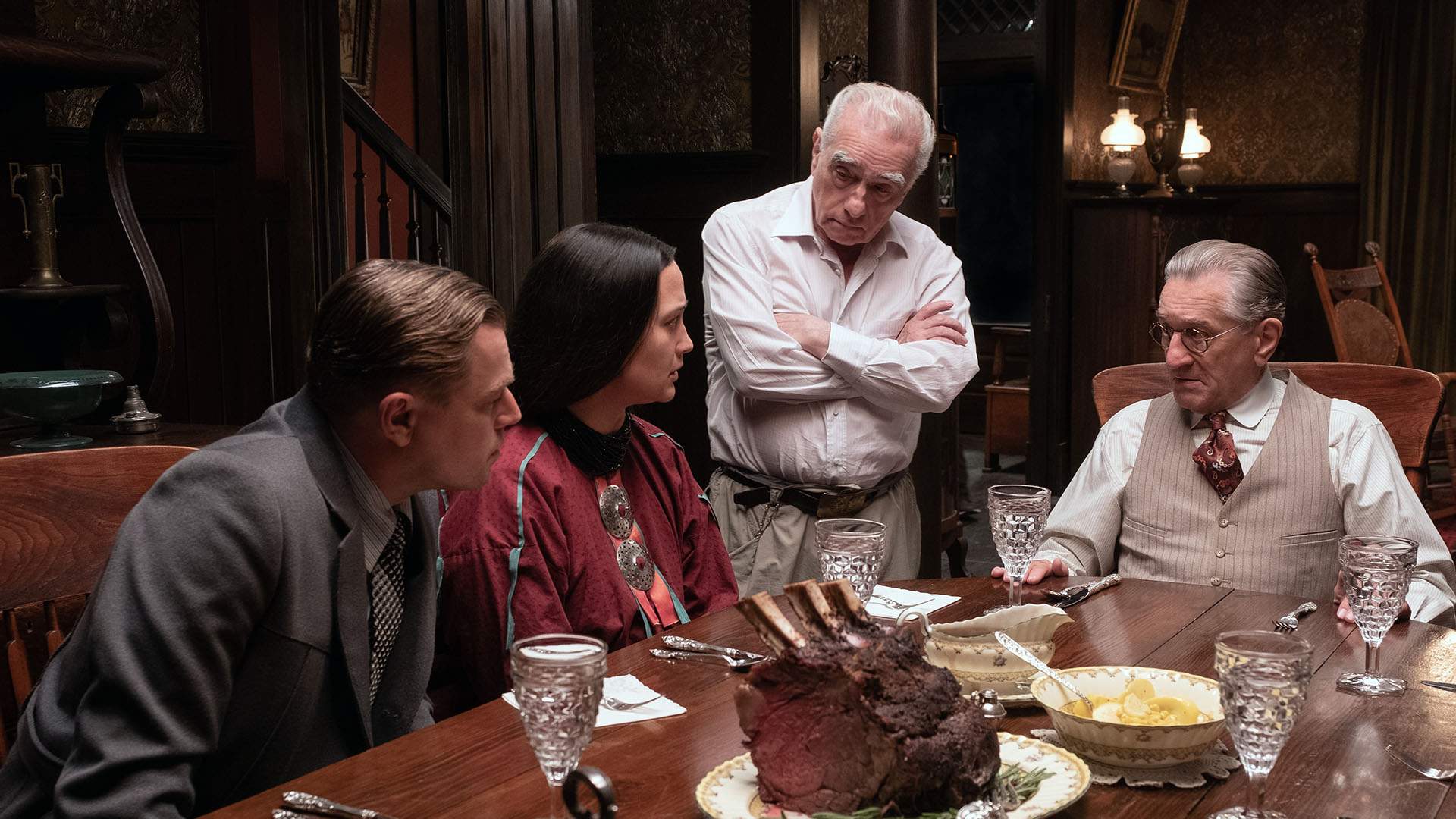Martin Scorsese on 'Killers of the Flower Moon': How the Iconic Director Made His Latest Masterpiece
As well as teaming up his two favourite actors to tell a heartbreaking tale about colonial violence, Scorsese connects many of his favourite themes and genres in his 26th feature — and we asked him about it.
Uniting Martin Scorsese, Robert De Niro and Leonardo DiCaprio on the same feature-length film for the first time ever, Killers of the Flower Moon felt like a culmination before a frame had been shot, let alone seen. Scorsese and De Niro have worked together for five decades, with a wealth of highlights such as Taxi Driver, Raging Bull, The King of Comedy, Goodfellas, Cape Fear and Casino to their names. Scorsese and DiCaprio have done the same for two, starting with Gangs of New York. Marty and Bob have known each other since they were 16, too, and it was the latter who told the former about Leo 20-plus years back after De Niro and DiCaprio made This Boy's Life together.
Finally, then, one of cinema's golden triangles has connected all of its sides, apart from De Niro and DiCaprio playing themselves in Scorsese's 2015 comedy short The Audition. Doing the linking: a tale of murder, greed and betrayal that tells of the atrocities committed against the Osage Nation a century ago, relaying a chapter of US history that's conveyed on-screen with all the gutwrenching horror and heartbreak that it demands. And, as this story unfurls, watching Killers of the Flower Moon feels like joining the dots in another way as well. Even if Scorsese hadn't enlisted his two favourite actors, plus phenomenal Certain Women star Lily Gladstone as the film's heart, soul and spirit — and also continued his frequent collaborations with editor Thelma Schoonmaker, now-late composer Robbie Robertson and cinematographer Rodrigo Prieto — the 26th feature on his resume ties together much that's recurred throughout his filmography for more than half a century.
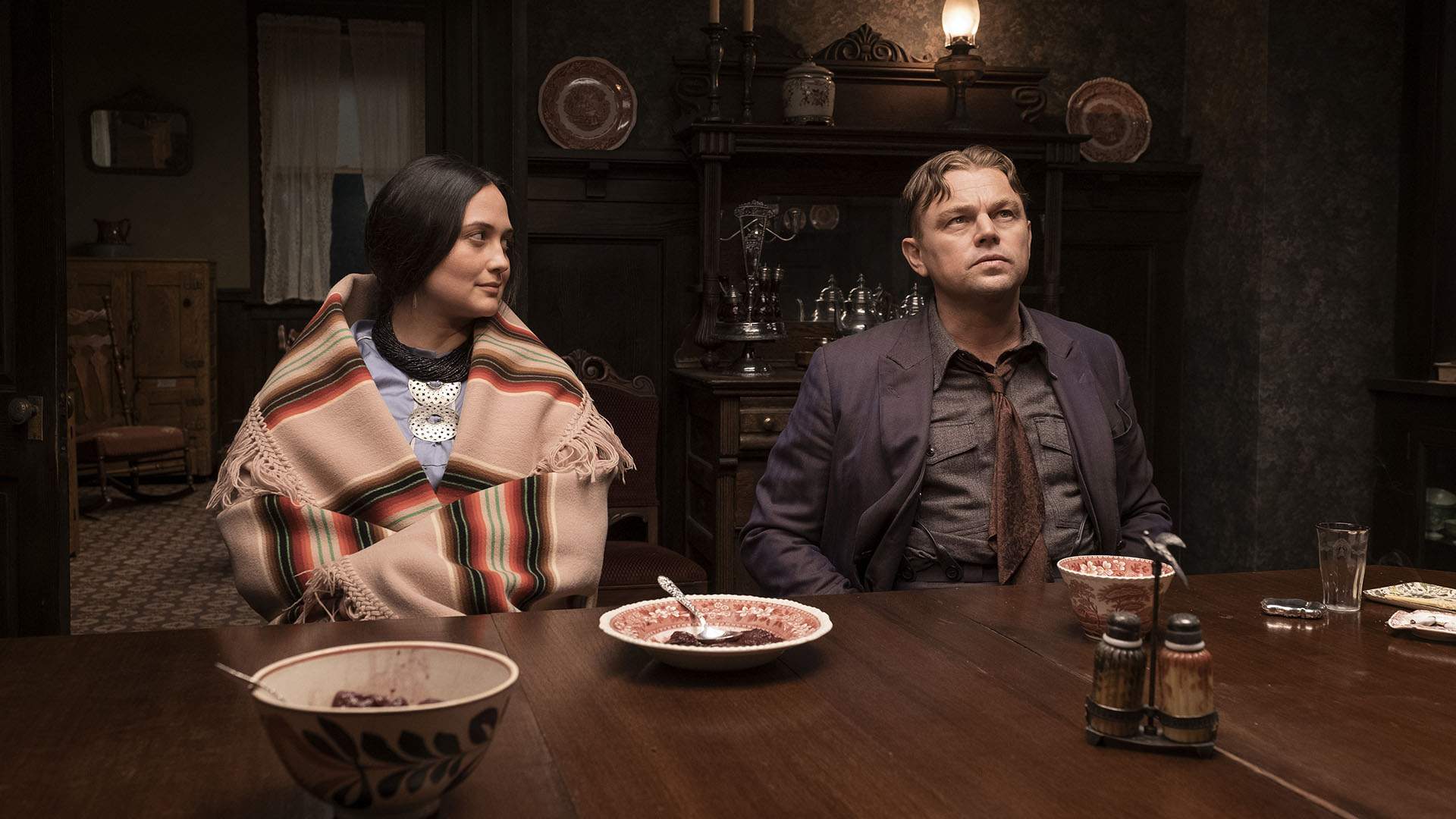
Killers of the Flower Moon is a kind of gangster movie, as Goodfellas, Casino and The Irishman also are. It's unshakeably a crime flick, boxes that Mean Streets and The Departed also tick. Viewers can see the threads to the iconic filmmaker's past works about faith and spirituality, including The Last Temptation of Christ, Kundun and Silence. Greed and corruption have long featured across Scorsese's work, as seen in everything from Gangs of New York to The Wolf of Wall Street. This is a relationship drama as well, which brings The Age of Innocence to mind. As the movie makes plain almost immediately, and then repeatedly across its 206-minute running time, it's also more unsettling than Shutter Island.
Ask Scorsese if Killers of the Flower Moon feels the same way to him, as Concrete Playground did, and he explains that piecing together threads that've been weaved throughout his career wasn't what overtly appealed to him. "I never thought of it that way," he notes. Instead, he advises that it was both the real-life stories and journalist David Grann's 2017 non-fiction novel Killers of the Flower Moon: The Osage Murders and the Birth of the FBI that steps through them that caught the filmmaker's interest.
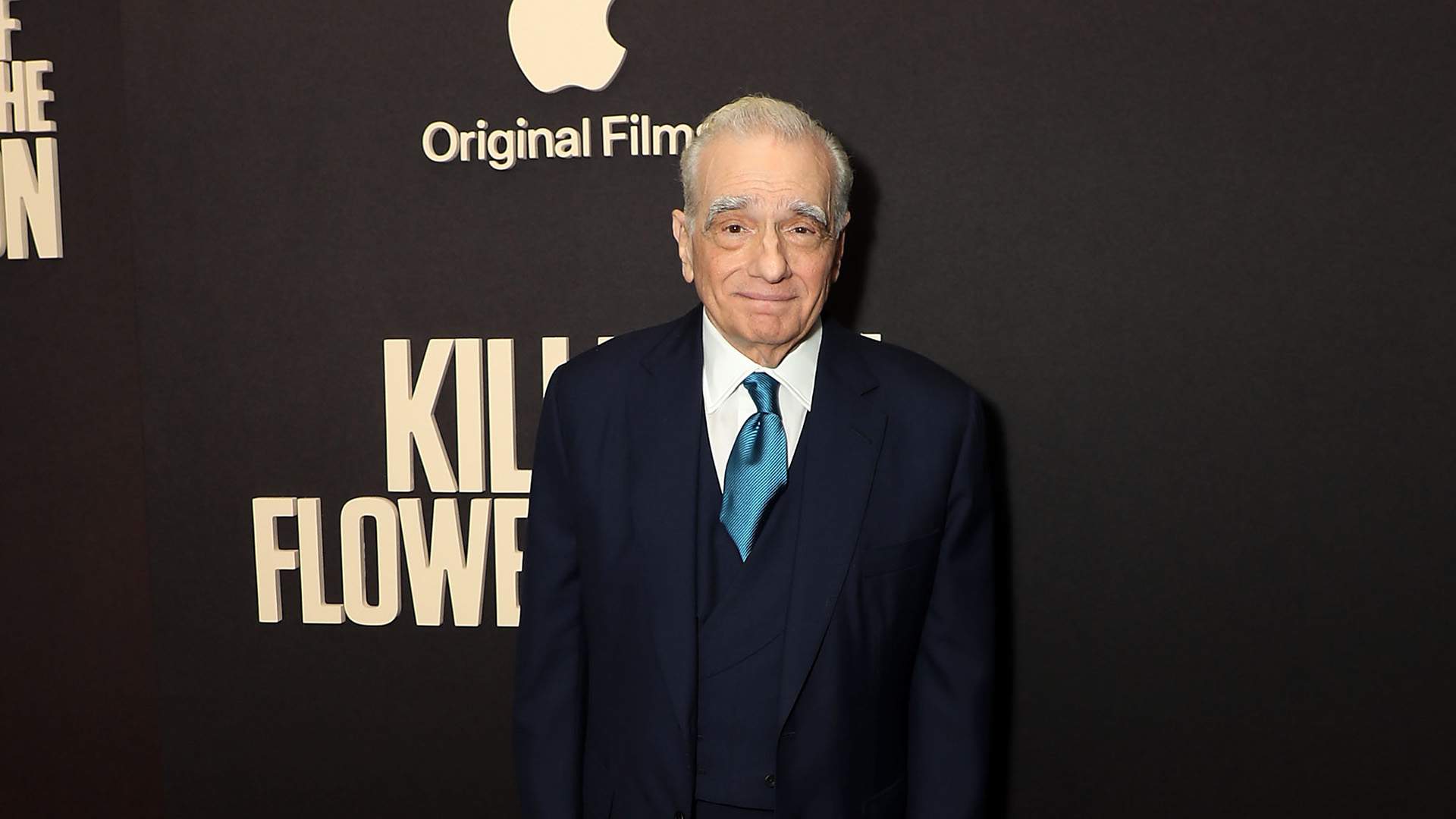
Marion Curtis / StarPix for Apple
In Scorsese's instantly engrossing and deeply haunting film, those accounts of Indigenous Americans slain by white men chasing oil-fuelled wealth — and power and control, too — filter through the romance of World War I veteran Ernest Burkhart (DiCaprio, Don't Look Up) and Osage Nation member Mollie Kyle (Gladstone, Reservation Dogs). The pair meet when he seeks a job from his cattle rancher uncle William King Hale (De Niro, Amsterdam) upon returning from combat. Sparks fly immediately and their love is real, but Hale's pushing of Ernest in Mollie's direction isn't driven by wanting his nephew to be happy and follow his feelings. And, as too much surrounding the self-proclaimed 'king of the Osage' Hale does, it has consequences with a body count.
Scorsese shared his thoughts on making his latest masterpiece with Concrete Playground during an international press conference for Killers of the Flower Moon, where he also answered questions about the biggest challenge in bringing the film to the screen, casting Gladstone, teaming up De Niro and DiCaprio, and how he approaches faith in his work. Not covered: the Oscar-winning director's new Letterboxd account, but you can check that out for yourself, then watch your way through his movie picks — such as what he recommends pairs well with his features.

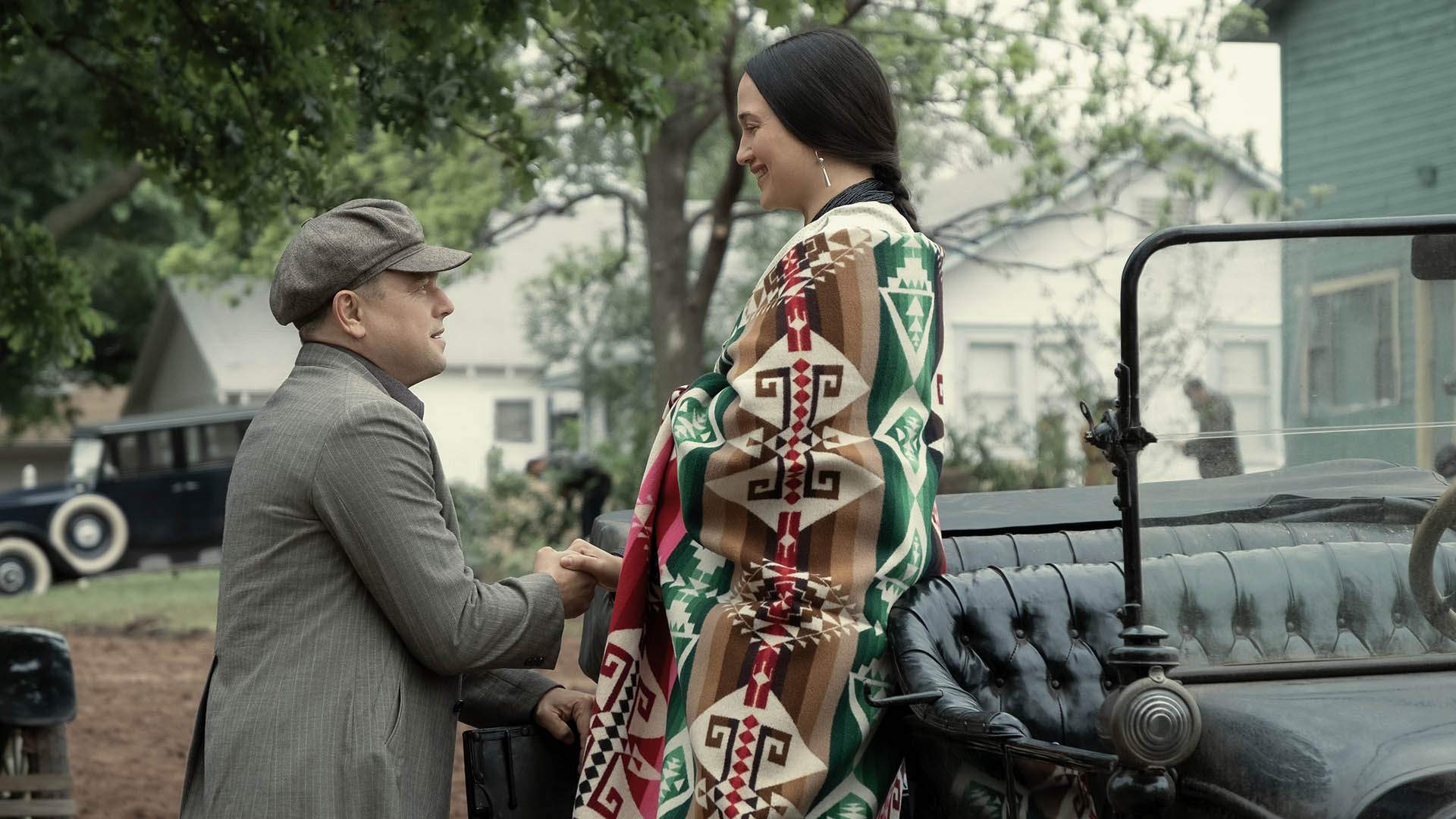
ON HOW KILLERS OF THE FLOWER MOON CONNECTS WITH SCORSESE'S PAST WORK
"I just was attracted to the material, but then really became attracted to it because when we were doing research and meeting all the Osage people out in Oklahoma, the Osage Nation, in Gray Horse. They gave us a big dinner, and people got up and spoke about their ancestors, their great-grandfathers and grandmothers, and uncles and aunts, and that sort of thing, who were affected by this, who were killed during that period — and the fact that they never said anything about it, the generation of today and their parents, they kept it quiet.
And now this book came out by David Grann, and now a film's being made. So naturally they had some caution as to me directing the film because of the nature of the films I've made in the past, like the violence in Goodfellas, etcetera. But it took a few meetings, and it took some conversation, and just basically being open-hearted with each other and trusting each other, with Chief Standing Bear and myself, and some of the other members of the Osage community.
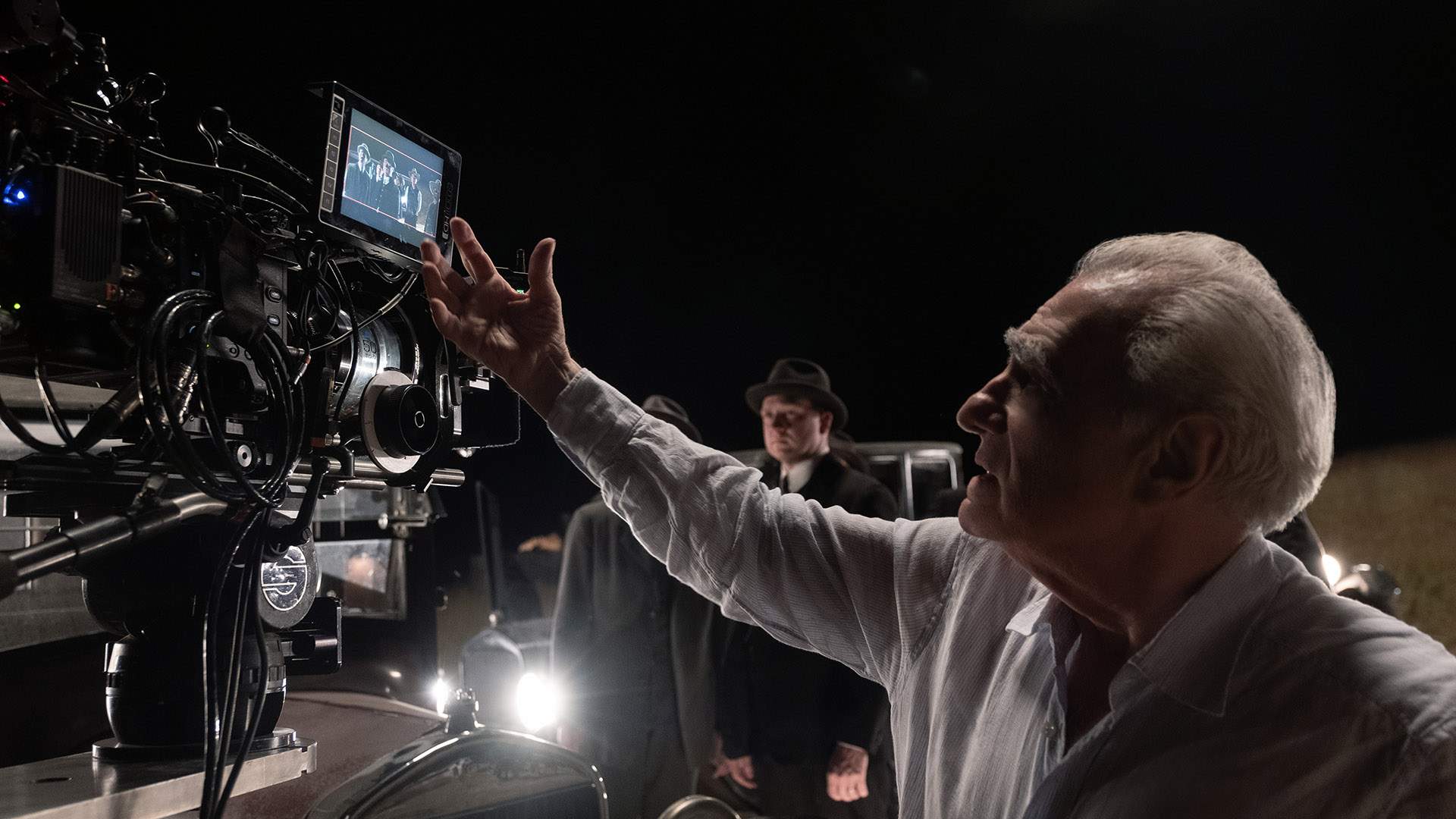
When I discovered that most of it really hinged on this love story between Mollie and Ernest, that's when I locked in on the project for real, in a sense. I was going another way at first. But in going the other way, meaning from the outside in, from Bureau Investigation in, I found that it was too reminiscent of films that I'd made in the past. It would've been good, I think, but I'd already been there — but what really got me was that what if this trust is betrayed through love?
That has to do in the marriage, has to do with these two people who really love each other, and the husband is very weak. I thought that was interesting. And I have a feeling that relates more to The Age of Innocence than to some of my other films."

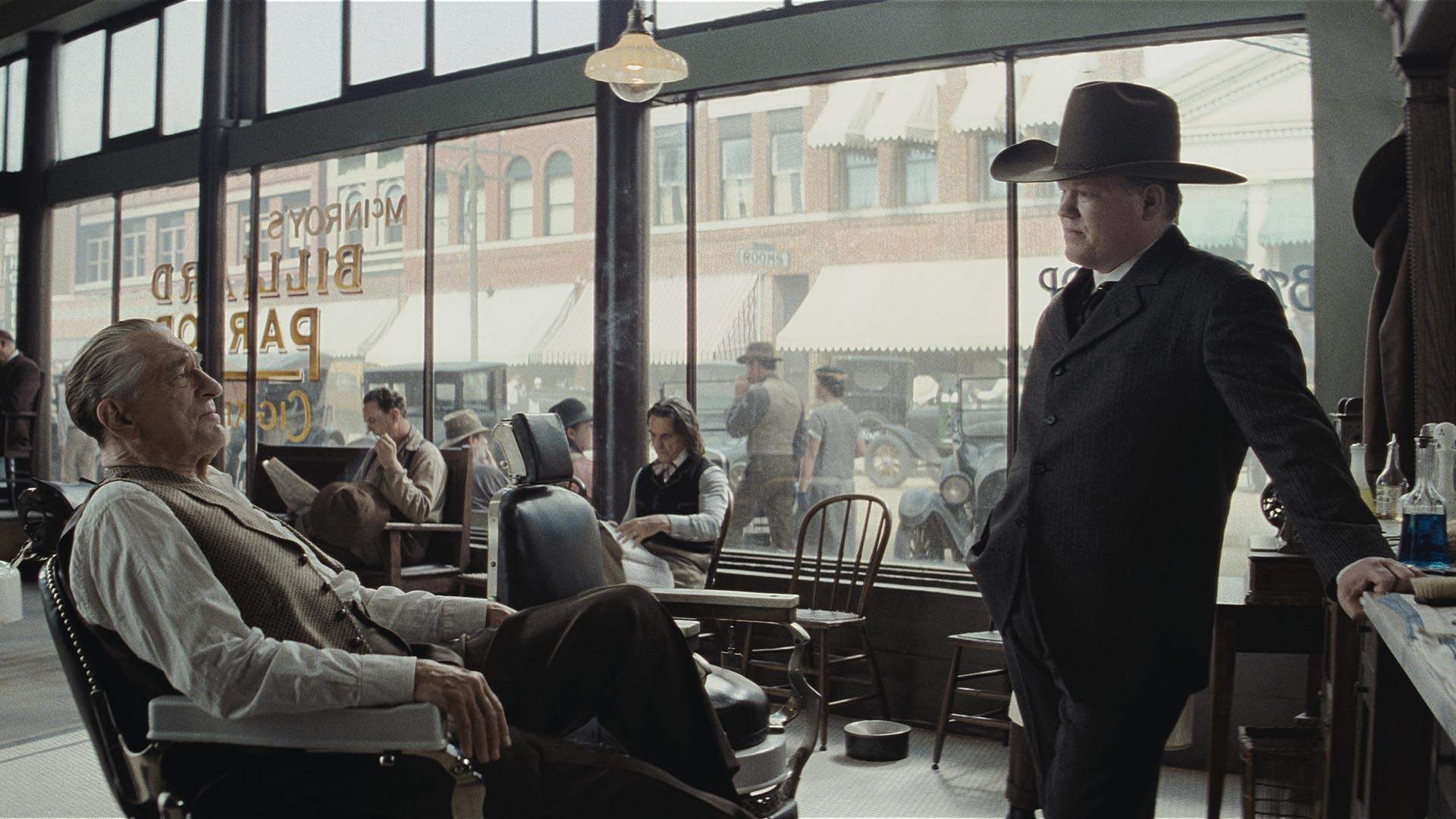
ON THE CHALLENGES OF MAKING KILLERS OF THE FLOWER MOON
"I think the biggest challenge was balancing the narrative parts of the story with the emotional aspects. I think what I mean by 'the narrative parts', there are some plot points that had to be connected — and that is with the Bureau of Investigation coming in and trying to figure out who was doing what, and what Bill Hale eventually did, and what he eventually accomplished, and what he tried to accomplish, and how he tried to clean up his steps, clean up everyone around him by getting them killed or whatever.
But the real core of the picture was between Mollie and Ernest. And so, the emotional core of the film really had to revolve around them because all the plot points could be easily, easily absorbed as long as they connected. If it was just done on a narrative plot, it would be good, I think. But in my mind it would've been more like films that I've seen like police procedurals, which I enjoy watching, but I don't know if I could make.
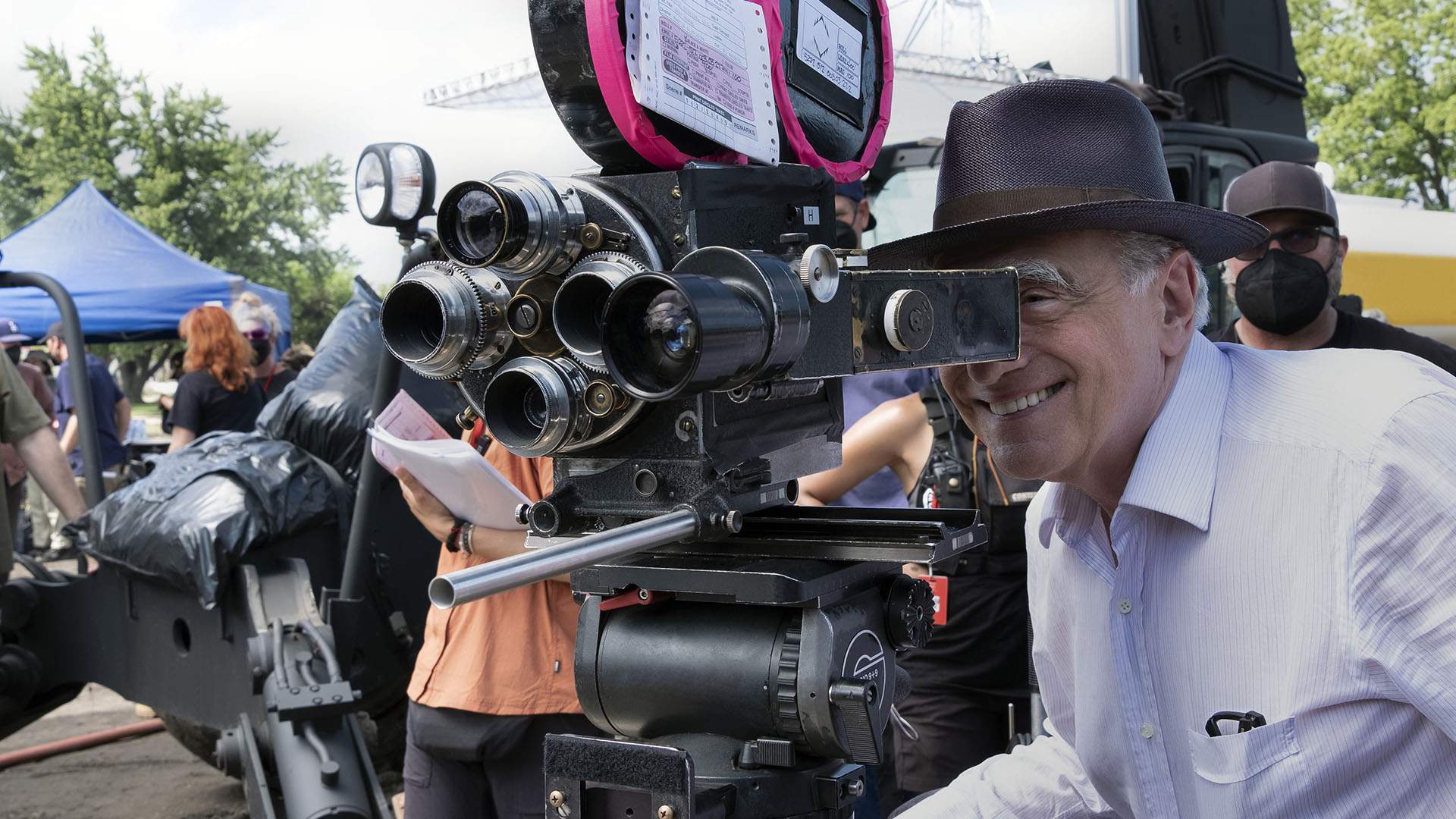
So, the biggest challenge was balancing the emotional complexity of the relationship between Mollie and Ernest, knowing that the two of them were in love, basing this on information we got from the Osage people themselves, who were descendants of them.
They pointed out to us: "don't forget — this isn't a matter of straight villains and victims; these people were all either best friends or in love, and yet all this happened." And so that was the biggest challenge: to keep balancing that."

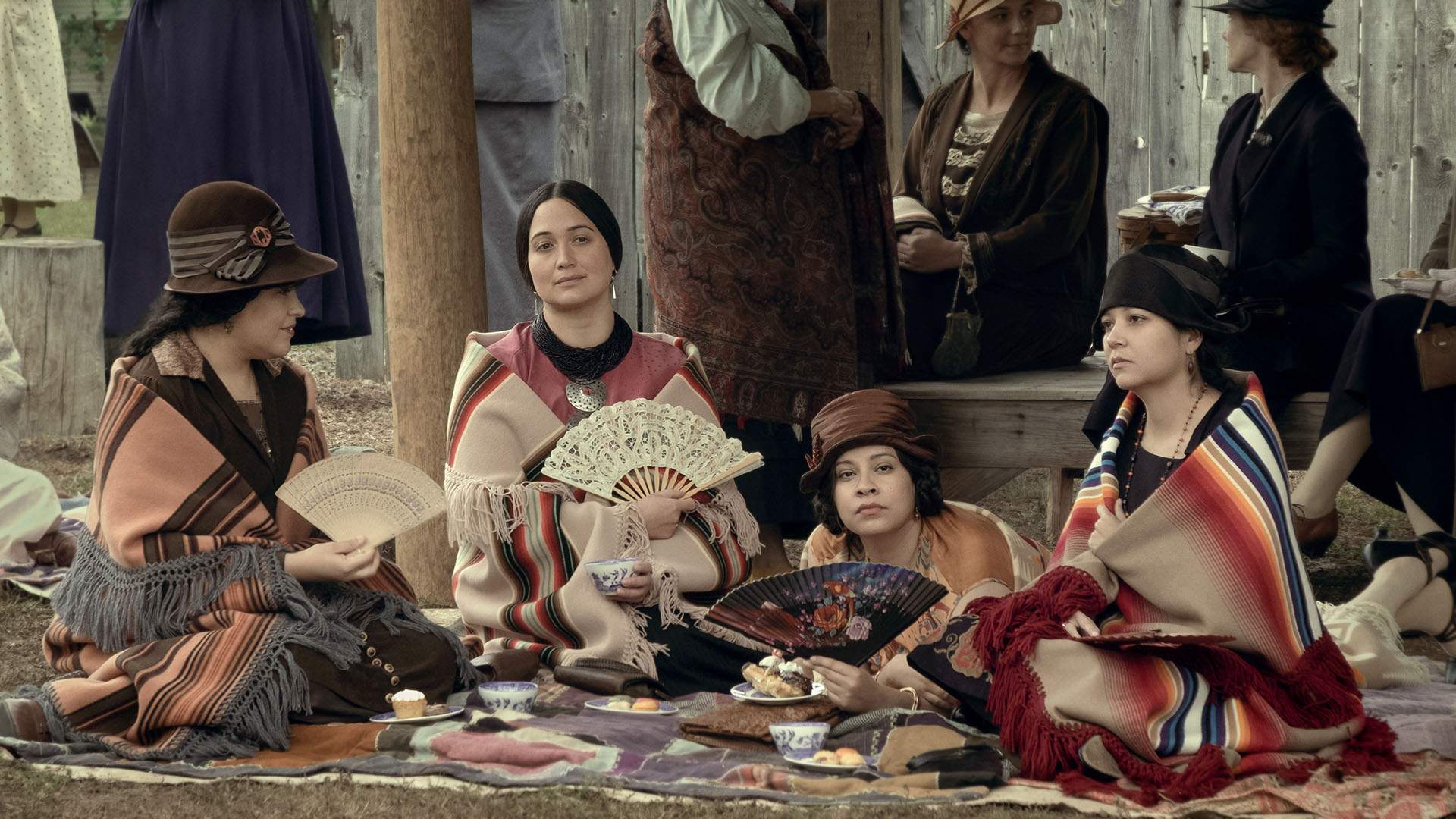
ON CASTING LILY GLADSTONE
"Ellen Lewis, who does my casting, had worked with Rene Haynes. They had worked on a television series that had a lot of Native American actors in it [2017's Godless]. And so she put out the feelers there, Ellen, and ultimately saw Kelly Reichardt's film Certain Women. In that film, Lily has quite, quite a sequence in it. Before the COVID pandemic hit, we were really concerned about could we get somebody who could play Mollie effectively. And Ellen, whom I've worked with since Goodfellas, since 1989, she said to me, 'I think we might be okay'. And she showed me Certain Women, the film.
I thought that Lily was marvellous in it. Then we got to meet, but we could only meet on Zoom because the pandemic was beginning. And from that one Zoom call, we had to wait another almost year before we could come back together again on another Zoom, get Leo on the Zoom, discuss Mollie, discuss all of that. But during that year we worked on Mollie's character. And the whole point being, of course, that their story, Mollie and Ernest, is sort of a metaphor for the entire picture, the entire world that we're depicting and this horrendous situation that occurred at that time.
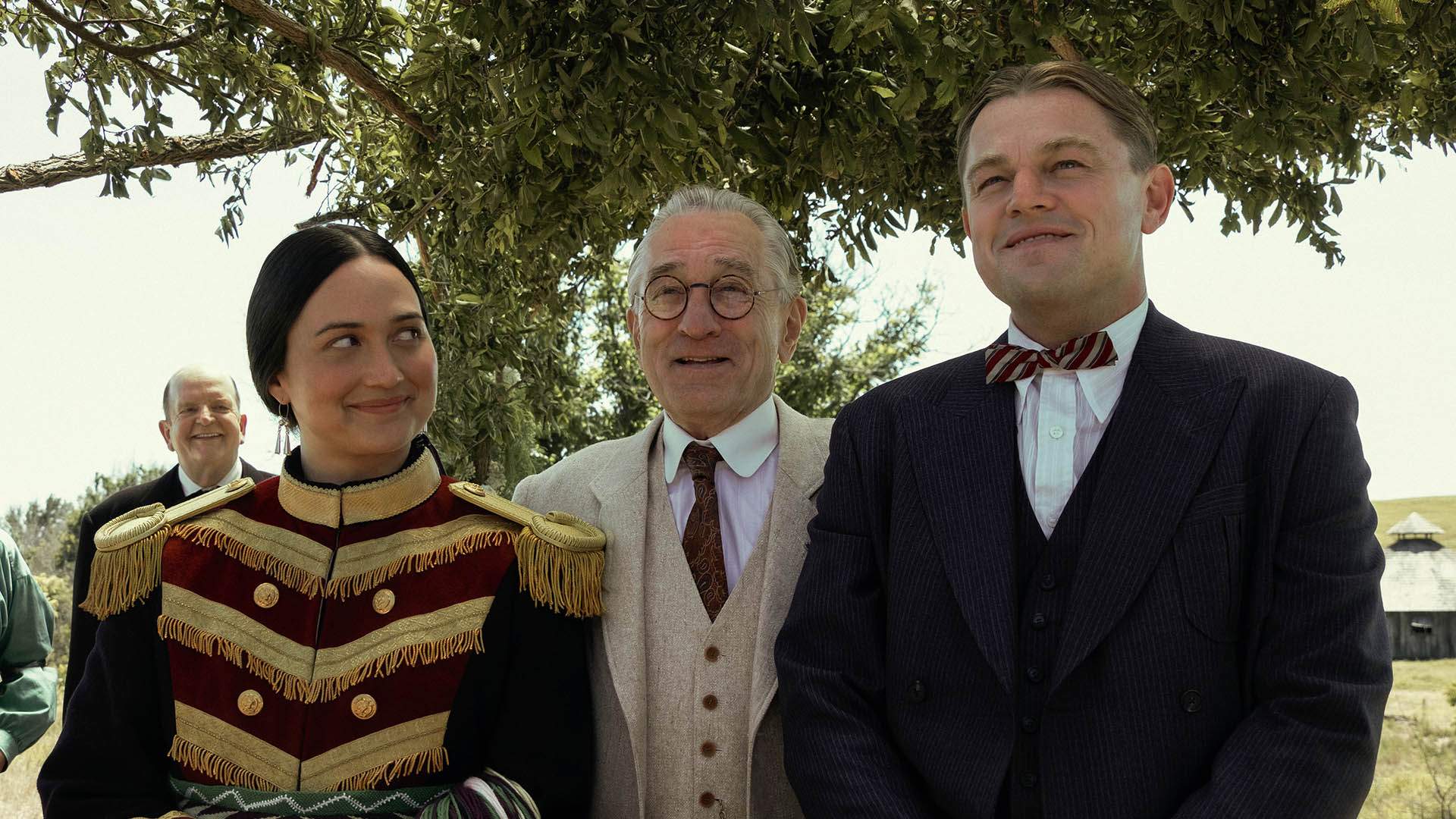
So what I found from Lily was perfect cinema face. I mean, she could be saying nothing, but you feel everything going on behind her eyes, and in the positioning of her face, the way she moves. But there's so much going on inside of her, and it's reflected in a very still way. She doesn't have to provoke it.
She also is very strong on Native American views and activism, and helped us steer the project as best we could in the proper direction in terms of Native Americans and European Americans."

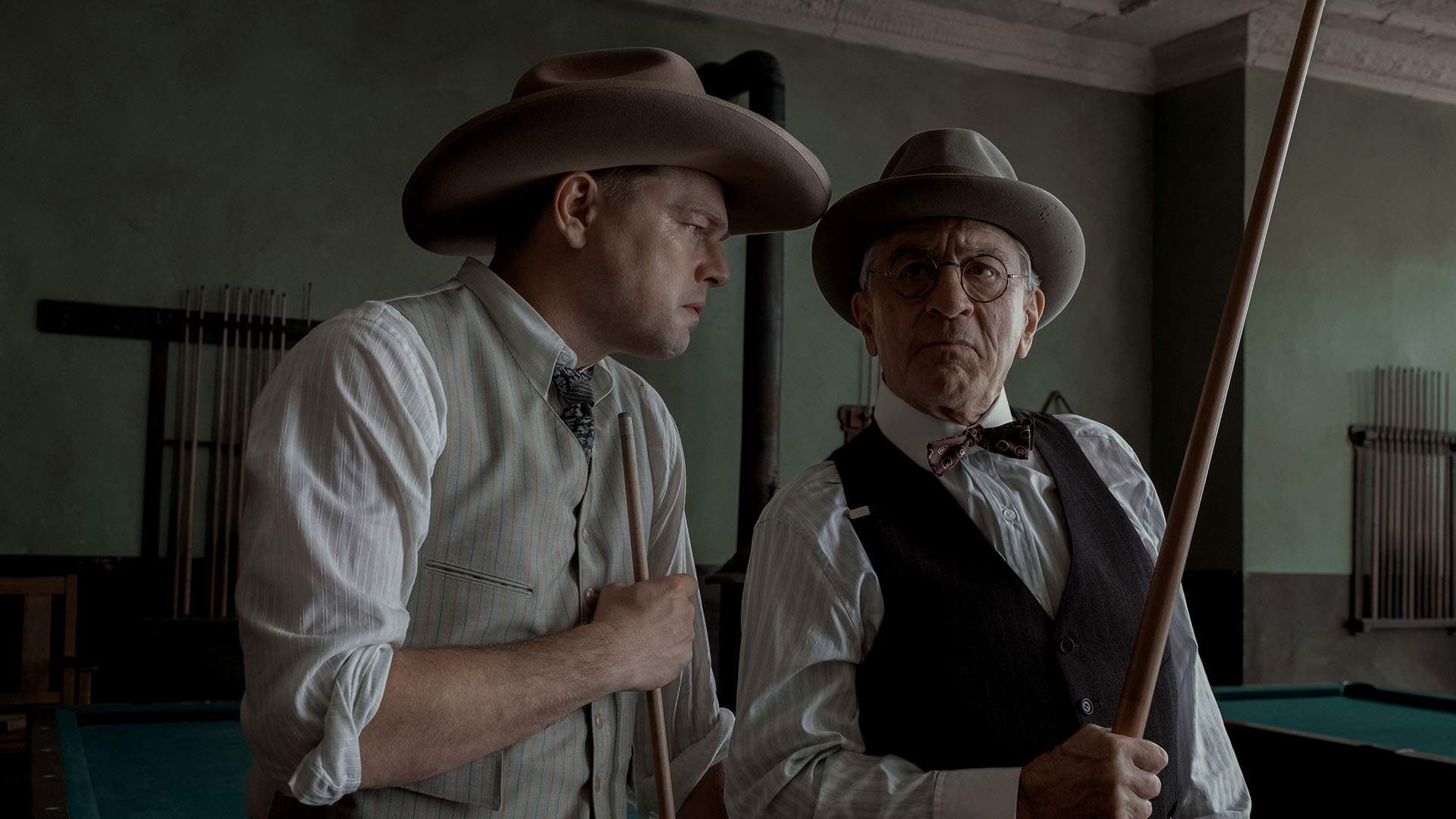
ON FINALLY GETTING ROBERT DE NIRO AND LEONARDO DICAPRIO TO SHARE THE SCREEN IN A SCORSESE FEATURE
"With them, the thing is that I've known Robert De Niro since we were 16 years old. So he knows where I come from, and he knows my old friends, and I know his. And we found that when we started working together on Mean Streets and particularly Taxi Driver, we found that we shared the same sensibilities, or similar interests — and also that he was a fearless kind of actor. And the key element, aside from being a genius actor, was that we trusted each other.
I trusted him for many different reasons, beyond the creative issues because there were a lot of political issues, too, at that time: making films for studios, studios would take the film away from you, actors would come in and re-cut them. He would never do that. He would never insist on something if I didn't feel it was right. We had an understanding that all he needed from me was to really listen to him and sometimes show me what he wanted to try. And we got to trust each other very strongly on that.
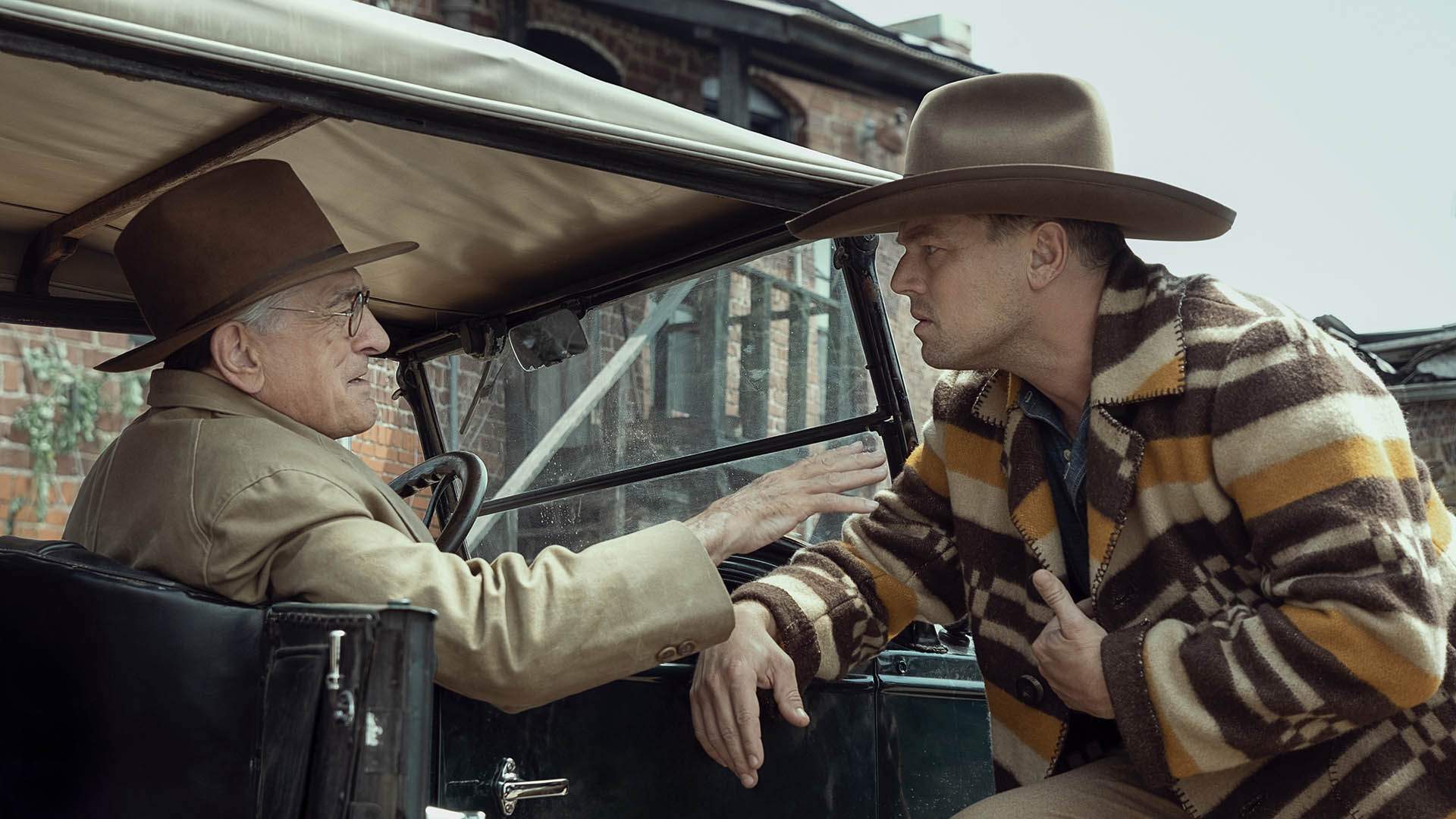
Years go by, we wound up making Raging Bull and The King of Comedy. And then it took a while again before we got to make another picture: Goodfellas. But then, we hadn't worked for 19 years before we worked on this film — before we worked on The Irishman, I should say. And he had introduced me to Leo DiCaprio 20 years ago. He said 'he's a very young actor, and he's very, very good'. And I got to know Leo, and we did Gangs of New York together.
But on The Aviator, a film we did after, I found similarities, in a way. I don't say same style — a very different style — but he had the openness, and he had the trust. And he had a crazy fearlessness in the same way as De Niro. Despite the fact that we're 30 years difference, there is that trust and enjoyment working together. Really, there's a love there between the three of us. So, it also happened that suddenly they came together on this movie."

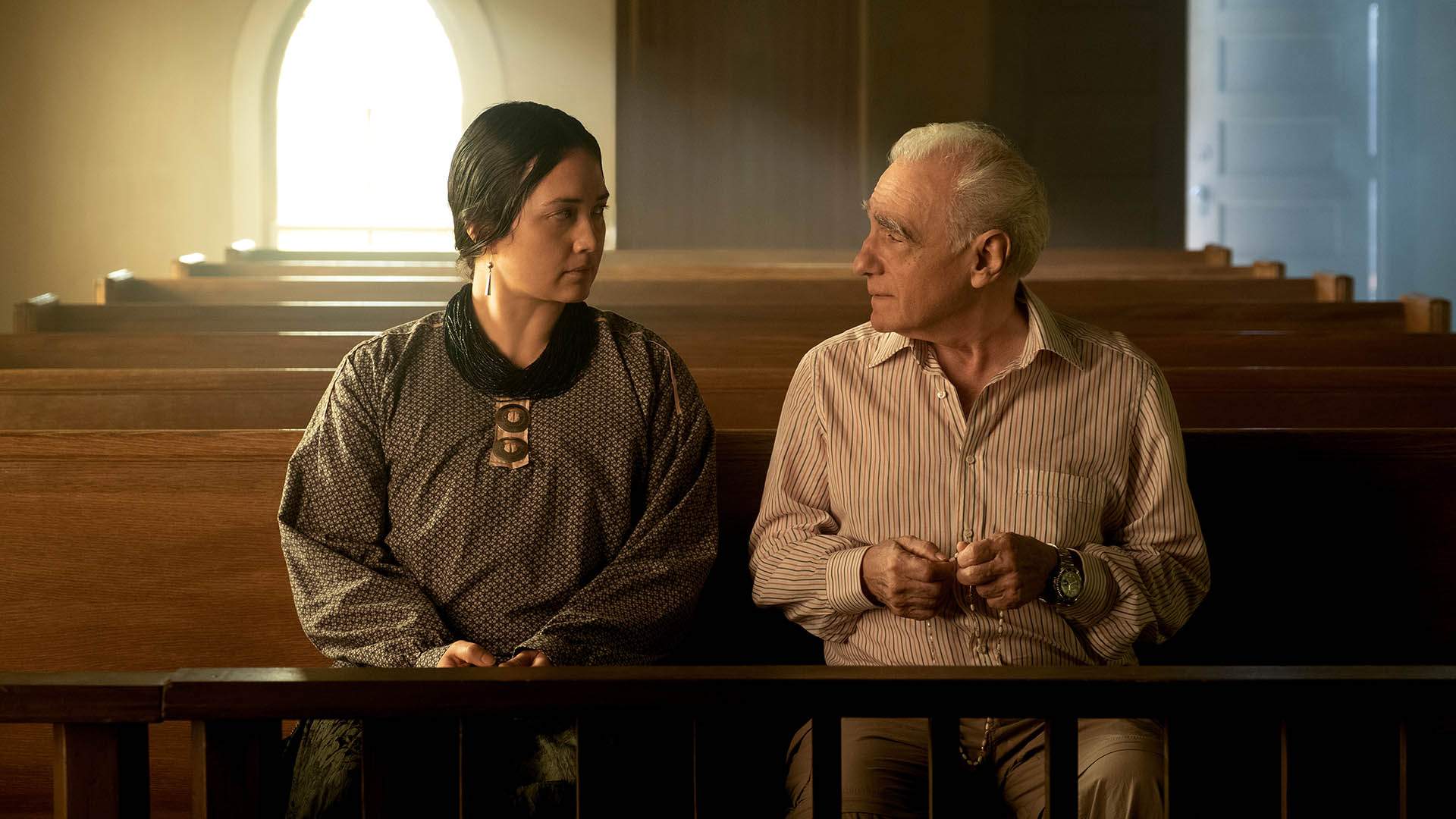
ON SCORSESE'S APPROACH TO FAITH IN HIS FILMS
"I think, first of all, it's not an immediate dismissal of other faiths. As much as my roots are in Roman Catholicism of the mid-20th century here in New York, I have my differences with that. But I also, in supporting my own faith, or trying to support my faith, I found it interesting to learn about other religions, other faiths, philosophy as much as possible, taking it seriously.
I don't mean superstition. And yet, even in superstition, the very act of the ritual itself reflects faith. For example, if you take Roberto Rossellini's film Stromboli, there's a great sequence in it where they fish for the tuna — and before they fish for the tuna, they all say a prayer, and then there's the slaughter of the tuna.
It reflects something that is a need for spirituality in having to survive as a human being. The lack of spirituality. They need spirituality going deep down into the roots, primeval roots, before you can even find the sustenance to continue to live, you see? And so, somehow that is a gift: to find the food. That's a gift from god. And so for me, that's always something that is to be respected.
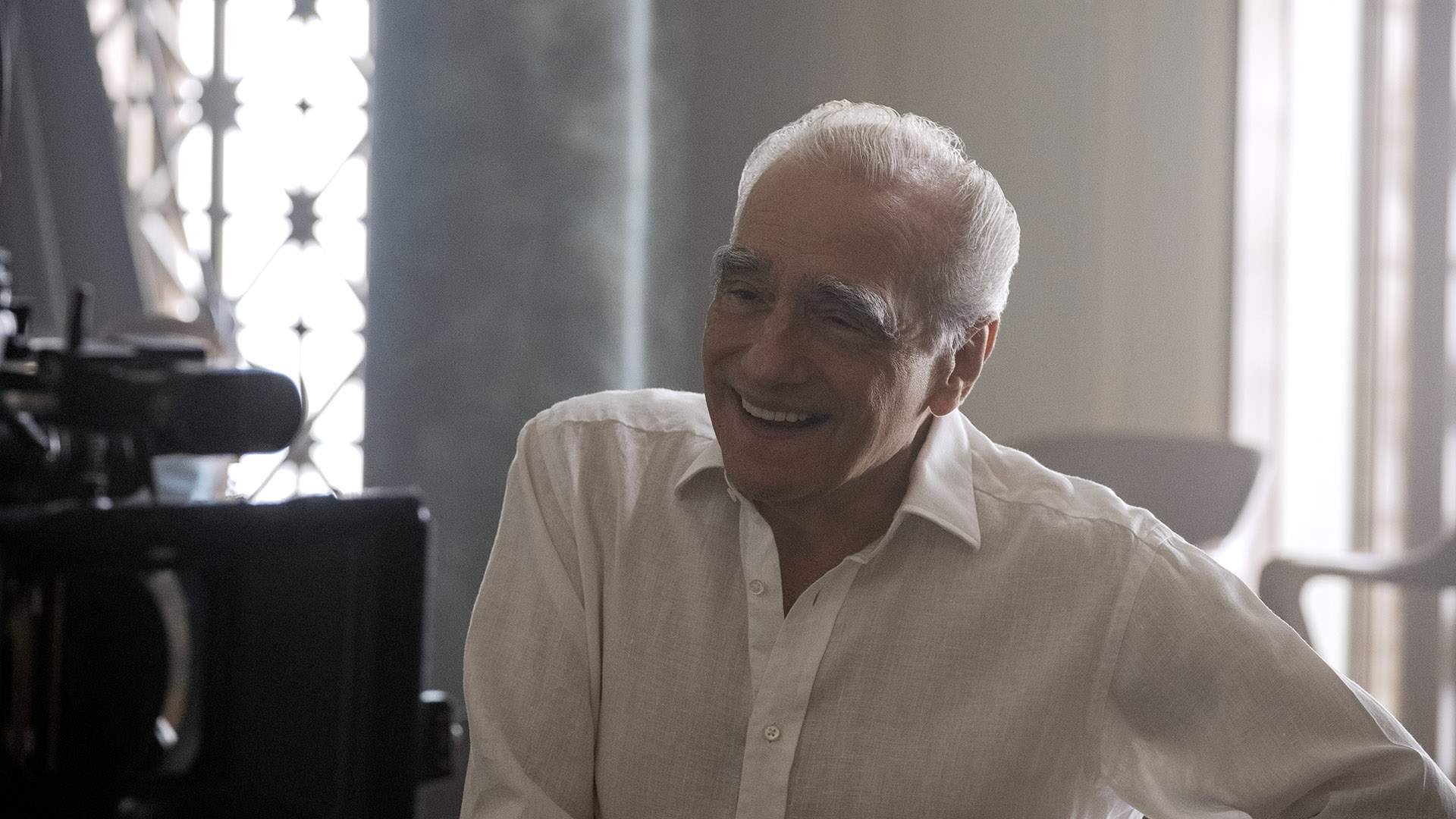
People feel that way about the world around them, and to be respectful of the world around them. It's more like a blessing of being alive despite all the problems. I find that with many different groups of people, and many different ways of thinking. For me, it comes down to respect and dignity for what other people believe. You may not believe that, but it comes down to that.
I think a world that's like in this film, it's a world of corruption that has no roots in morality or spirituality. They [Hale and company] think they do. You can say 'well, they have religion', but that's not spirituality, you see, and so anything goes. The most important thing is winning. The most important this is getting as much money as you can, especially if some civilisation is on its way out anyway.
'As much as I love them,' Bill Hale says. 'I love them. They're great people, but they're gonna die off.' So, this is something that fascinates me and makes me think 'is that part of me, too?'. In other words, am I capable of that kind of behaviour? I'm not saying killing. I'm talking about complicity in it, by being quiet about it. So that's where all of it comes together. I think maybe that's why I was attracted to it."

Killers of the Flower Moon opened in cinemas Down Under on Thursday, October 19. Read our review.
